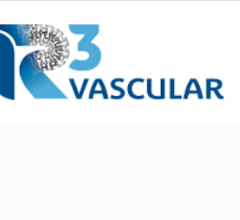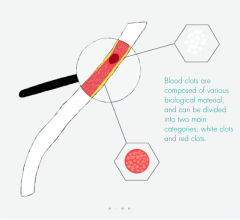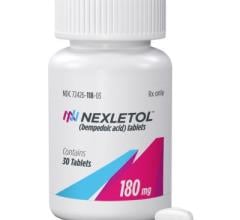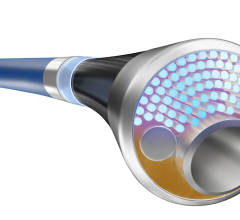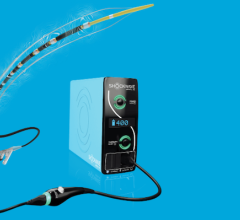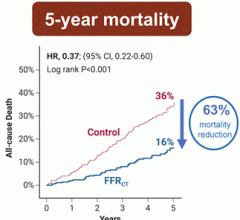
August 29, 2011 — The Guidelines on Peripheral Artery Disease (PAD) are the first document produced by the European Society of Cardiology (ESC) to address all aspects of peripheral atherosclerotic disease, excepting the aorta. The document does include disease of extracranial carotid and vertebral, mesenteric, renal, upper and lower extremity arteries. It is the result of close collaboration between physicians from many different areas of expertise: cardiology, neurology, radiology, vascular surgery, and vascular medicine.
The document covers general issues such as epidemiology, risk factors, diagnostic approaches, and general rules for treatment. The detailed clinical presentations are then discussed in specific sections for each vascular site. Particular emphasis is placed on multi-site artery disease, such as patients with coronary artery disease (CAD) and disease in another vascular bed. The document ends with a list of significant gaps in evidence, which will hopefully stimulate new research.
The section on treatment modalities in patients with CAD covers medical therapy, surgery, and endovascular techniques. The guidelines clearly differentiate management of symptomatic and asymptomatic patients. In patients with symptomatic disease, neurological assessment and appropriate treatment should be proposed as soon as possible after the index event.
The document also addresses clinical presentation, diagnostic modalities, prognosis and treatment in patients with upper extremity, mesenteric and renal artery disease.
The guidelines extensively cover diagnosis (with an emphasis on the importance of the ankle-brachial index) and treatment, with endovascular or surgical techniques, in patients with lower extremity artery disease (LEAD). It differentiates between those suffering from claudication and those with critical limb ischemia. It emphasizes the importance of adequate balance between supervised exercise and best medical therapy as compared to revascularization in patients with LEAD. This takes into account the level of disability and the localization of disease.
Another section concerns management of patients with multi-site artery disease (MSAD). Indeed, although patients with MSAD are encountered regularly in clinical practice, no randomized trials have been designed to compare different treatment strategies. From a clinical perspective, the document emphasizes the need for an increased awareness of the possibility of atherosclerotic disease occurring at sites other than the presenting one. It also stresses that, when dealing with an MSAD patient, physicians must focus on overall clinical status as well as lesion sites and technical difficulties related to specific treatment options. This accounts for the presence of all cardiovascular risk factors and co-morbidities.
In conclusion, the new guidelines will help physicians manage most common aspects of PAD from a variety of complex clinical scenarios encountered in clinical practice. They emphasize that management of patients with PAD should always be decided after multidisciplinary discussion, also including specialists beyond the area of cardiovascular medicine. Examples might include neurologists or nephrologists. This was also the way in which current guidelines were created.
The guidelines will be formally introduced at a special session of the ESC Congress 2011 in Paris on Aug. 29.
For cardiologists, coronary artery disease is the most important presentation of atherosclerosis. Patients with CAD may also have symptomatic or asymptomatic atherosclerosis in other vascular areas (peripheral artery disease).
The presence of atherosclerotic disease at one vascular site increases the likelihood of the disease at another site. In the elderly, who constitute the dominant part of patient population, the overlap of CAD, cerebrovascular disease and LEAD is particularly high. In consequence, increasing numbers of patients with heart disease require assessment for problems in other vascular sites. On the other hand, a substantial proportion of patients with peripheral artery diseases will die from CAD.
For more information: www.escardio.org


 February 04, 2025
February 04, 2025 
